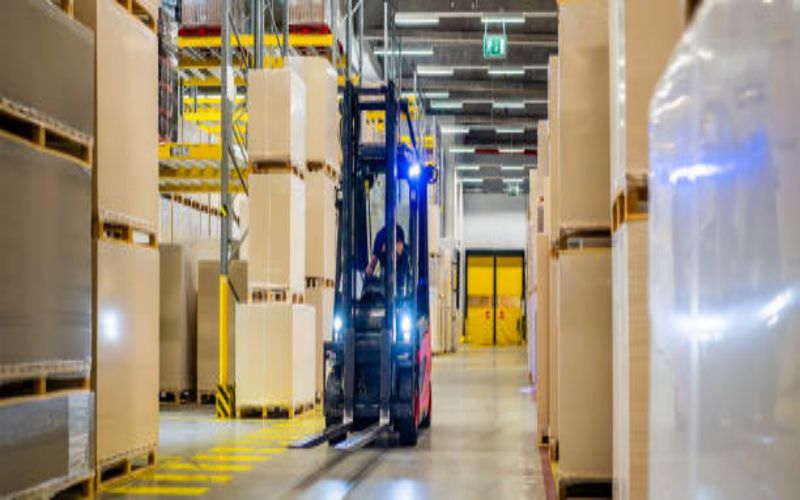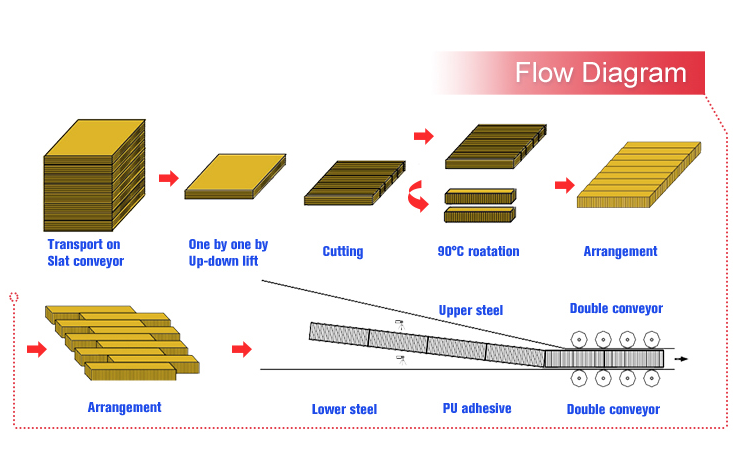Table of Contents

The Role of Stacking Machines in Improving Warehouse Operations
Introduction
Efficient warehouse operations play a crucial role in the success of any business. With the ever-increasing demand for faster order fulfillment and inventory management, businesses are turning to automation technologies to streamline their operations. One such technology that has revolutionized the way warehouses function is stacking machines. In this article, we will explore the various aspects of stacking machines and their role in improving warehouse operations.
Enhancing Efficiency and Productivity
Stacking machines have proven to be a game-changer when it comes to enhancing efficiency and productivity in warehouse operations. These machines are designed to efficiently stack and retrieve goods, eliminating the need for manual labor and reducing the risk of human error. By automating the stacking process, businesses can significantly increase their throughput and reduce the time required to complete tasks.
Optimizing Space Utilization
One of the key advantages of stacking machines is their ability to optimize space utilization in warehouses. These machines are programmed to stack goods in a way that maximizes vertical space, allowing businesses to store a larger quantity of goods in a smaller footprint. This not only reduces the need for additional warehouse space but also enables businesses to make the most of their existing storage facilities.
Improving Safety
Warehouse operations can be prone to accidents and injuries, especially when manual stacking is involved. Stacking machines mitigate these risks by taking over the stacking process, eliminating the need for human intervention in potentially hazardous tasks. This not only ensures the safety of warehouse workers but also reduces the likelihood of damage to goods during handling.
Enhancing Inventory Management
Accurate inventory management is crucial for the smooth functioning of any warehouse. Stacking machines are equipped with advanced sensors and barcode scanning technology, allowing them to accurately track and manage inventory. By automating this process, businesses can minimize stock discrepancies, reduce the risk of stockouts, and improve overall inventory accuracy.
Reducing Operational Costs
Manual stacking can be time-consuming and labor-intensive, leading to increased operational costs. Stacking machines, on the other hand, offer a cost-effective solution by reducing the need for manual labor. Businesses can save on labor costs and redirect resources towards other critical areas of their operations. Additionally, by optimizing space utilization, stacking machines help minimize the need for additional warehouse space, further reducing costs.
Streamlining Order Fulfillment
Order fulfillment is a critical aspect of warehouse operations, and any delays or errors can negatively impact customer satisfaction. Stacking machines play a vital role in streamlining order fulfillment by automating the stacking and retrieval of goods. With faster and more accurate order processing, businesses can ensure timely delivery and meet customer expectations.
Increasing Scalability
As businesses grow and expand, the need for scalability becomes crucial. Stacking machines provide the flexibility to scale warehouse operations without the need for significant infrastructure investments. By automating the stacking process, businesses can easily handle higher volumes of inventory and adapt to changing market demands, ensuring uninterrupted operations and improved customer service.
Minimizing Product Damage
Manual stacking can sometimes result in product damage due to mishandling or improper stacking techniques. Stacking machines are designed to handle products with utmost care, minimizing the risk of damage during the stacking and retrieval process. This not only ensures the quality of goods but also helps businesses avoid losses associated with damaged inventory.
Improving Workforce Utilization
By automating the stacking process, businesses can optimize the utilization of their workforce. Warehouse employees can be redirected to more value-added tasks such as quality control, inventory analysis, and customer service. This not only enhances employee satisfaction but also improves overall operational efficiency.
Conclusion
Stacking machines have revolutionized warehouse operations by enhancing efficiency, optimizing space utilization, improving safety, and streamlining order fulfillment. These machines offer numerous benefits, including increased productivity, reduced costs, improved inventory management, and scalability. As businesses strive to meet the growing demands of the market, investing in stacking machines can be a game-changer in achieving operational excellence and customer satisfaction.

